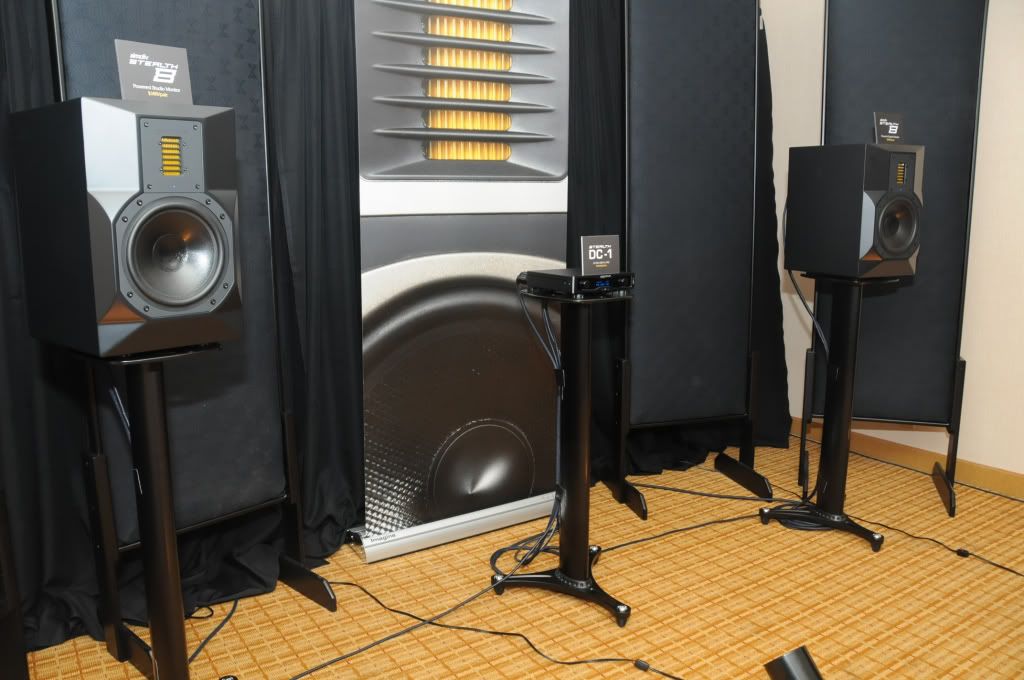Hey HF
I've run Rokit 5's & a 10" sub with awesome results... At my new place I had to get rid of the sub and I don't the rokits are suitable for my casual use as they are too "true" -- I'd like some bass.
I'm looking into what powered monitors might have a fuller sound? I was thinking maybe AV40s? Smaller the better, but I need quality.
Thanks in advance!
I've run Rokit 5's & a 10" sub with awesome results... At my new place I had to get rid of the sub and I don't the rokits are suitable for my casual use as they are too "true" -- I'd like some bass.
I'm looking into what powered monitors might have a fuller sound? I was thinking maybe AV40s? Smaller the better, but I need quality.
Thanks in advance!
![[H]ard|Forum](/styles/hardforum/xenforo/logo_dark.png)











